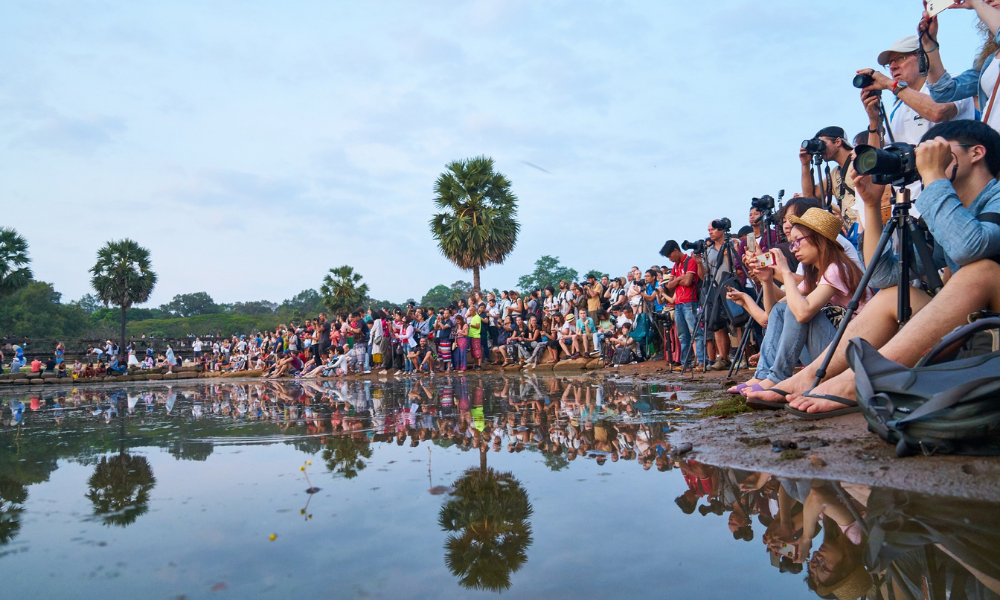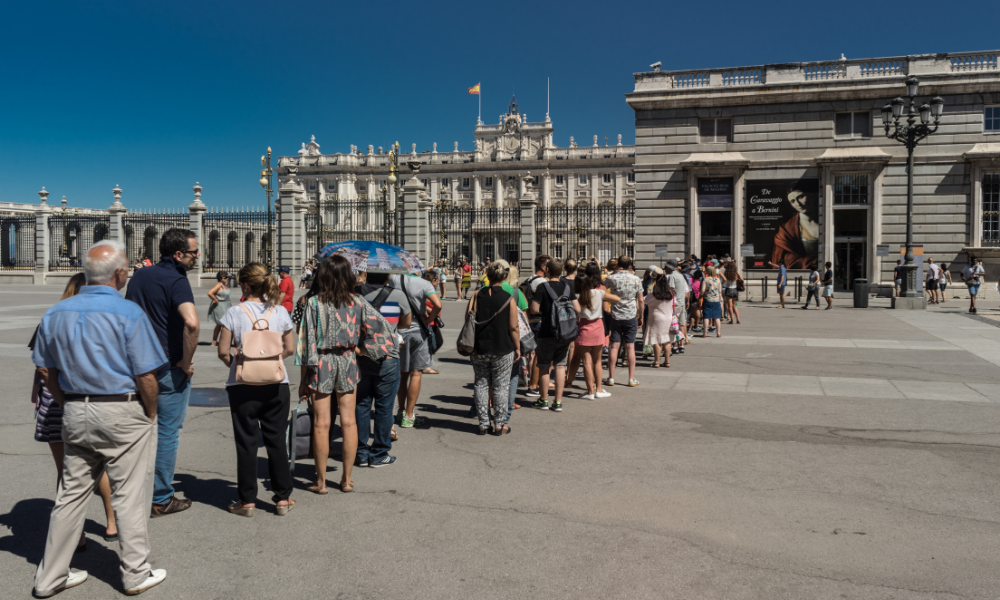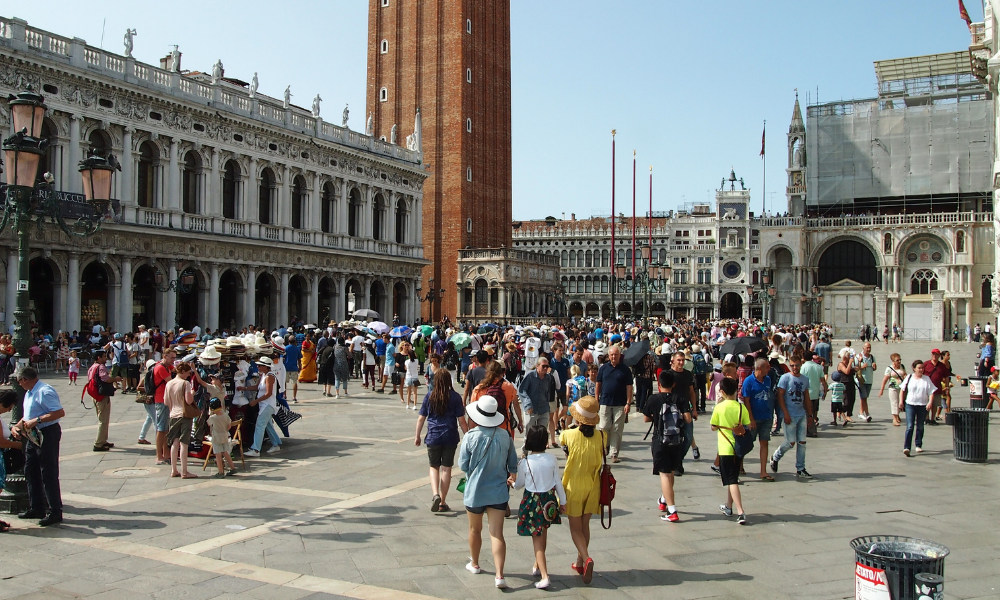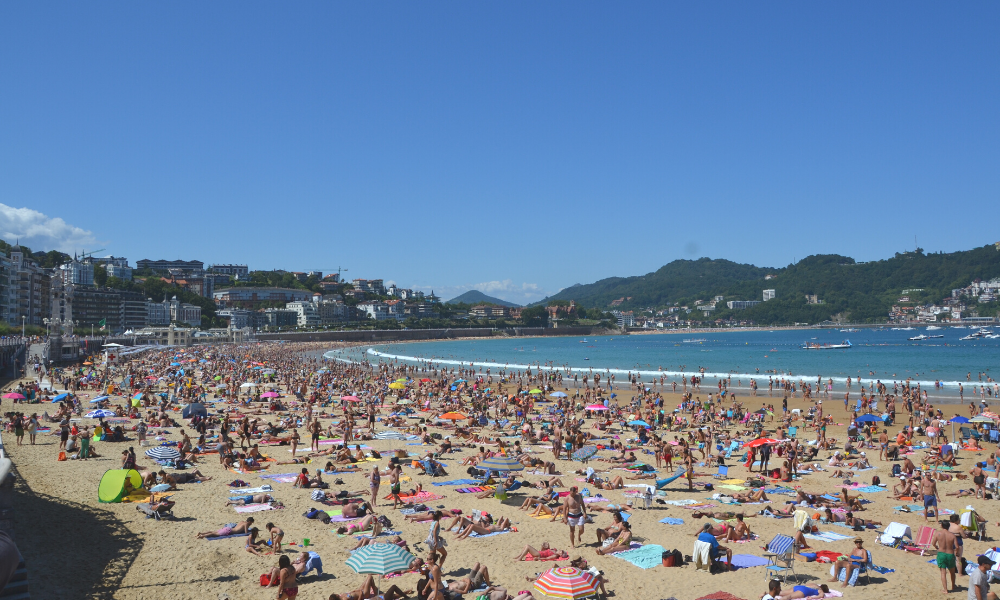Written by Kelsey Frenkiel, CREST Program Manager
This week, CREST and editors Martha Honey and Kelsey Frenkiel have released Overtourism: Lessons for a Better Future (Island Press), an edited volume containing essays and case studies from more than 20 tourism experts across the world. This book charts a path for truly sustainable tourism, focusing on the triple bottom line of people, planet, and prosperity. Bringing together tourism officials, city council members, travel journalists, consultants, scholars, and trade association members, this practical book explores overcrowding from a variety of perspectives and destinations.
While each location presents its own challenges, common mitigation strategies are emerging. Visitor education, traffic planning, and redirection to lesser-known sites are among the measures that can protect the economic benefit of tourism without overwhelming local communities.
As tourism revives around the world, these innovations will guide government agencies, parks officials, site managers, civic groups, environmental NGOs, tourism operators, and others with a stake in protecting our most iconic places.
What is overtourism and why does it matter?
CREST defines overtourism as “tourism that has moved beyond the limits of acceptable change in a destination due to quantity of visitors, resulting in degradation of the environment and infrastructure, diminished travel experience, wear and tear on built heritage, and/or negative impacts on residents.”
Over the past few decades, the very fabric of travel has changed. The rise in overtourism is due to a “perfect storm:” social media, the sharing economy, pop culture, advances in cruise and aviation technology, a growing traveler market, and other factors. But overtourism was not widely recognized until it came to a head in historic cities like Barcelona and Venice, where residents took to the streets to tell tourists to “go home.”
Another factor that fuels overtourism is that tourism planning too often focuses on maximizing growth, or “heads in beds.” It has become clear that this fixation on continual growth puts the tourism product – places – at risk. These impacts — eroded coastlines, overwhelming trash, “close call” interactions with wildlife in national parks, hotels replacing homes, sensitive cultural sites turned into amusement parks, even strained historic plumbing – are even further exacerbated when you pull climate change into the picture.
Overtourism has negative impacts not only on residents and landscapes but on visitors, too. No one wants to push through millions of other beachgoers to get a spot in the sand or settle for a selfie with hundreds of other selfie-takers in the background. Information spreads quickly in 2021, and destinations can easily gain a reputation for being too noisy or overcrowded.
Overtourism and the COVID-19 pandemic
Last year, for the first time in decades, tourism nearly ceased. Yet, travel quickly revived in many places, introducing new issues unique to our post-pandemic world. Some destinations, desperate to welcome visitors back, deprioritized sustainability. Visitors, longing for a break from quarantine, flooded outdoor areas, beaches, and national parks.
As we look toward the future, we should ask: do we want to return to a world of overrun monuments, littered beaches, and gridlocked city streets? Or can we do things differently this time?
COVID-19 provides an opportunity for a tourism reset. It has forced us to rethink many of the ways that we do things, from more structured admissions to national parks, to new digital experiences to replace in-person ones. Why not take this opportunity to assess what has worked, what has not, and put better strategies in place?
So what do we do about it?
The destinations best positioned to handle overtourism are the ones with clear and defined management structures with responsible mandates. Tourism has traditionally spanned multiple sectors with conflicting interests. While the right governance model for every destination will be different, the roles and responsibilities for all stakeholders in tourism management need to be clear and actionable.
Short-term solutions range from increasing tourist capacity, changing visitor behavior, dispersing tourist flows, targeting different tourist markets, etc. But these address the symptoms of overtourism, and not the root causes. Destinations must first and foremost rethink the way tourism is managed from the top-down.
Furthermore, an inclusive and collaborative approach, with investment from the public, private, and civil sectors, and communities that traditionally haven’t had a say in tourism planning, is the way forward. Responsible tourism cannot be sustained when it is designed by a homogeneous group of people, because they cannot speak to all the ways that tourism benefits or harms diverse communities. All stakeholders need to be represented, in one form or another, in tourism planning.
Finally, destination managers can use better metrics, such as economic impact and resident or visitor satisfaction, not just because they should, but because it is in their best interests. Because their business relies upon keeping their destination a wonderful place to visit.
Where can I get the book?
The tools to manage overtourism are simply the tools needed for strong destination management. This is not just a book for overtouristed destinations. It is a book for any destination looking to do tourism better.
You can get your copy of Overtourism: Lessons Learned for a Better Future by following this link (use the code HONEY for a 20% discount).





